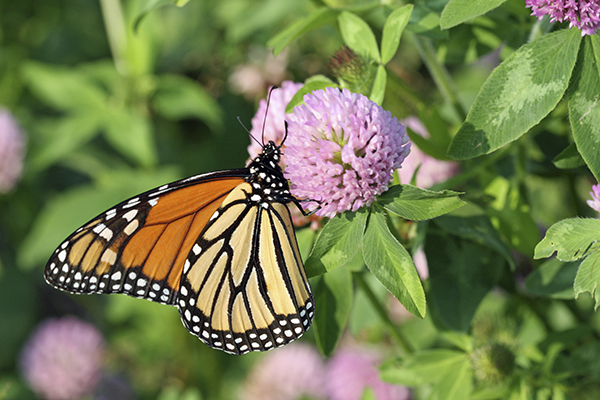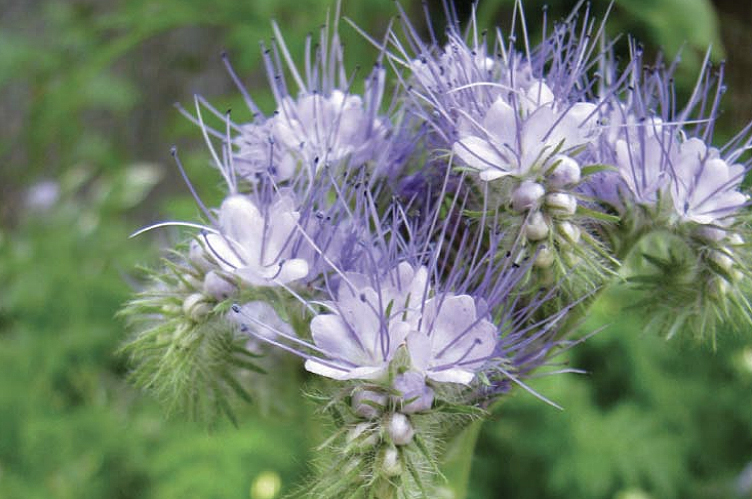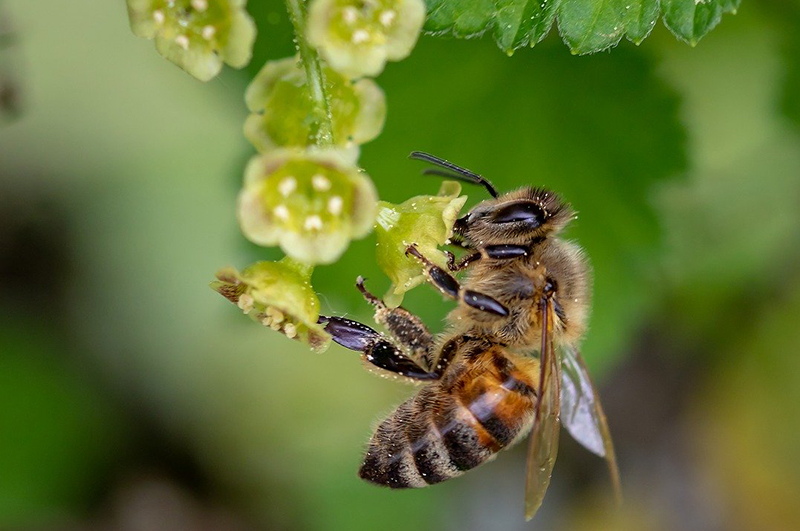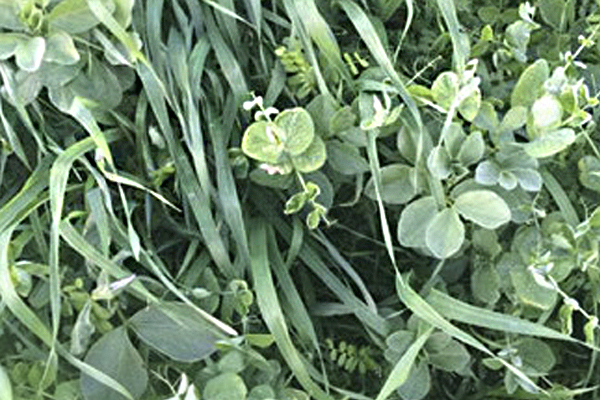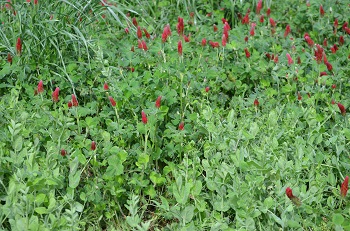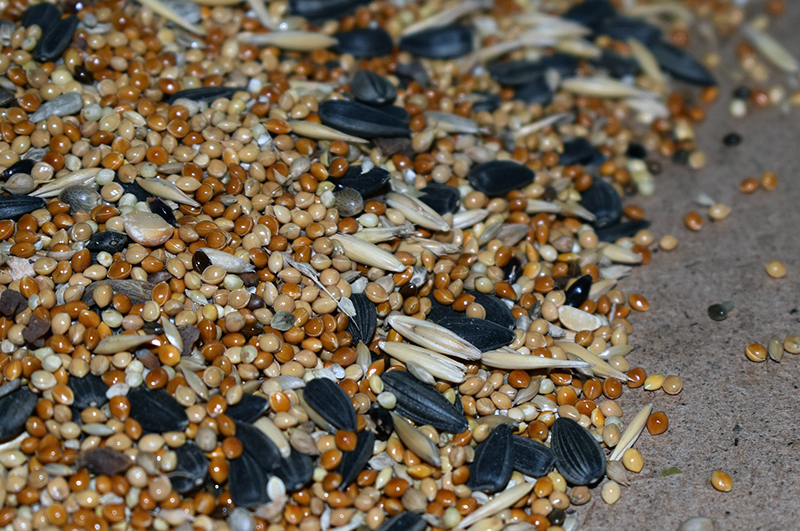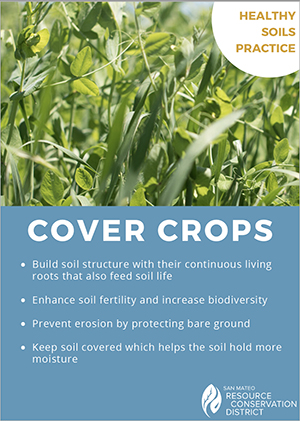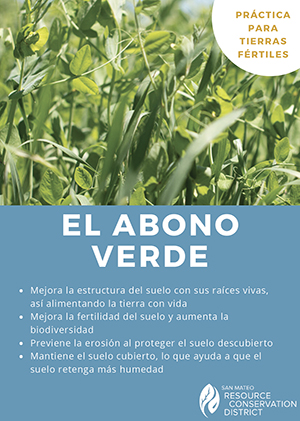
Cover Cropping
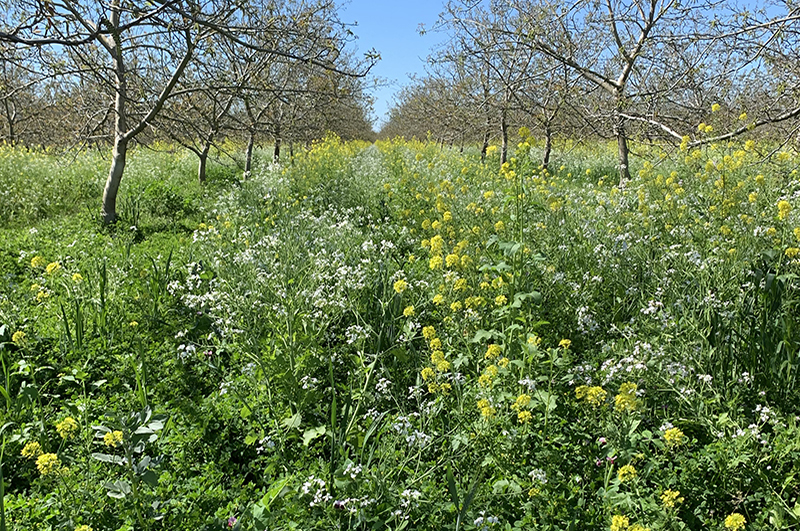
Cover cropping is used to keep the soil protected with plants that may or may not be used as an additional cash crop. The main purpose is to increase soil fertility and soil quality; to manage soil erosion; improve water retention; manage weeds, pests, and diseases; and to increase biodiversity and native wildlife. Cover crops can also be used for forage. Later in the season, the biomass left over after harvesting, grazing or after being mowed or roller crimped can be left on the ground to serve as mulch and to recycle nutrients back into the soil. When used in this way, cover crops are also sometimes referred to as “green manure.”
Several studies (see below) have shown that green manure, when incorporated before cash crop planting can significantly increase yields. It also increases Soil Organic Matter (SOM) with important impacts on soil regeneration:
- improved soil structure and ability to retain water
- increased availability of soil nutrients such as calcium, magnesium and potassium
- healthier and more biodiverse soil microbiology
- and increased carbon sequestration with potentially useful impacts on global warming
The impacts increase over time with results varying based on water availability, initial soil quality, cover crop type or mixture, and timing of cover crop operations.
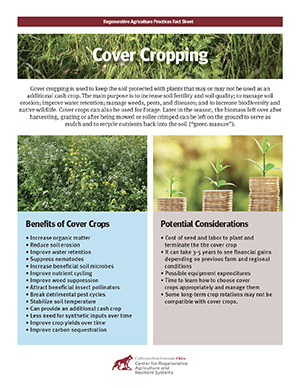
Download a printable fact sheet based on this page. (PDF)
Go to:
Mentor Farmers Who Share Experiences Using Cover Crops
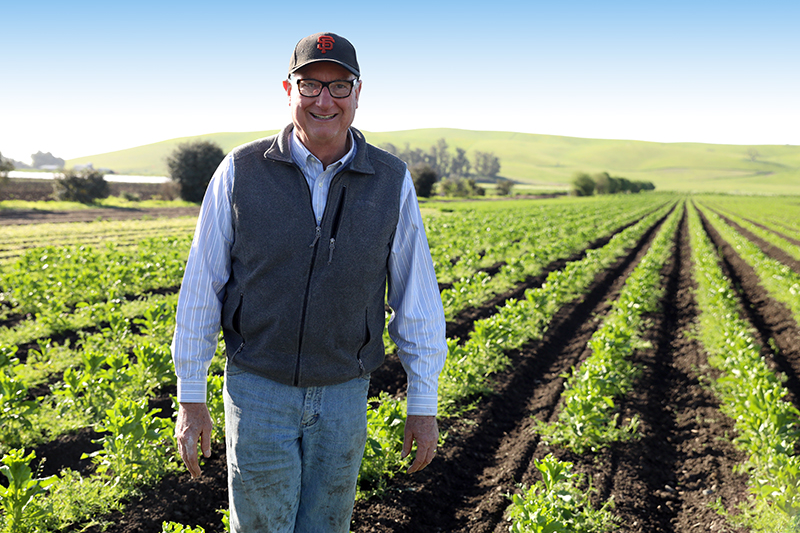
Adrian Bignell(opens in new window)
Gabe Brown, Brown’s Ranch(opens in new window)
Burroughs Family Farms(opens in new window)
Rory Crowley, Nicolaus Nut Company(opens in new window)
Phil Foster, Pinnacle Organically Grown Produce(opens in new window)
Greg Massa and Raquel Krach, Massa Organics(opens in new window)
Paul Muller, Full Belly Farm(opens in new window)
Scott Park, Park Farming Organics(opens in new window)
Videos
Under Cover Farmers, USDA NRCS East National Technology Support Center
How three farmers in Stanly County, NC, started using multispecies cover crops and how they were able to realize economic returns on their investment in the first year.
Cover Cropping an Almond Orchard, NCAT-ATTRA
This video documents Elias Cosio, an almond grower from near Modesto who has been collaborating with NCAT and NRCS as he plants the first cover crop in his orchard.
Cover Crops
USDA NRCS video shows how Charlie Roberts in Halls, TN is using this practice to protect soil health and increase water infiltration on his cropland.
Dr. Christine Jones - Quorum Sensing In The Soil Microbiome
Dr. Jones lays out a strong case for the importance of nurturing the biodiversity in the soil through the use of multispecies cover crops. The most diverse mix produces the best results both for the soil microbiome and for the productivity and resiliency of crops grown together in that soil.
Multispecies Cover Crops
This video by the Soil Health Institute brings together farmers who share their success with switching from monoculture cover crops to multiple species and the positive results they noticed.
The Jena Experiment
The Jena Experiment is one of the longest running biodiversity experiments in Europe, starting in 2002. Results showed that plant diversity increased microbial diversity, resulting in increased soil carbon, improved soil health, increased productivity, enhanced availability of nitrogen and phosphorus, and improved soil water-holding capacity.
 Great Powerpoint presentation overview of how cover crops build soil health by NRCS at a Soil Health & Assessments training, provided as an instant download pdf file. It covers nineteen ways that cover crops are beneficial, with illustrations and photographs showing the difference between healthy soil and soil that needs help.
Great Powerpoint presentation overview of how cover crops build soil health by NRCS at a Soil Health & Assessments training, provided as an instant download pdf file. It covers nineteen ways that cover crops are beneficial, with illustrations and photographs showing the difference between healthy soil and soil that needs help.
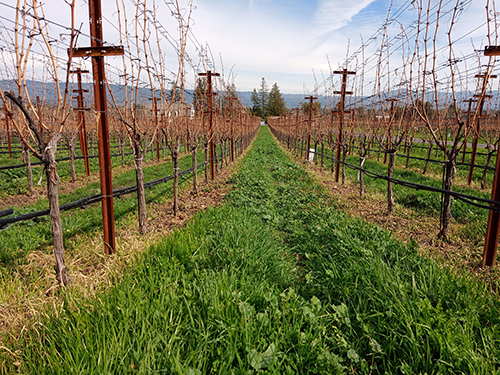 The University of California Sustainable Agriculture Research and Education Program (UC SAREP) has a new website for cover cropping information resources, featuring an online Expert Grower Database for cover cropping practices in California orchards and vineyards, created in collaboration with the Napa County Resource Conservation District. This searchable database provides detailed information on cover cropping practices and strategies implemented by experienced cover crop growers in orchards and vineyards in the southern Sacramento Valley and North Coast viticulture region. The website also provides several other resources, including species databases and links to cover crop selection tools, etc.
The University of California Sustainable Agriculture Research and Education Program (UC SAREP) has a new website for cover cropping information resources, featuring an online Expert Grower Database for cover cropping practices in California orchards and vineyards, created in collaboration with the Napa County Resource Conservation District. This searchable database provides detailed information on cover cropping practices and strategies implemented by experienced cover crop growers in orchards and vineyards in the southern Sacramento Valley and North Coast viticulture region. The website also provides several other resources, including species databases and links to cover crop selection tools, etc.
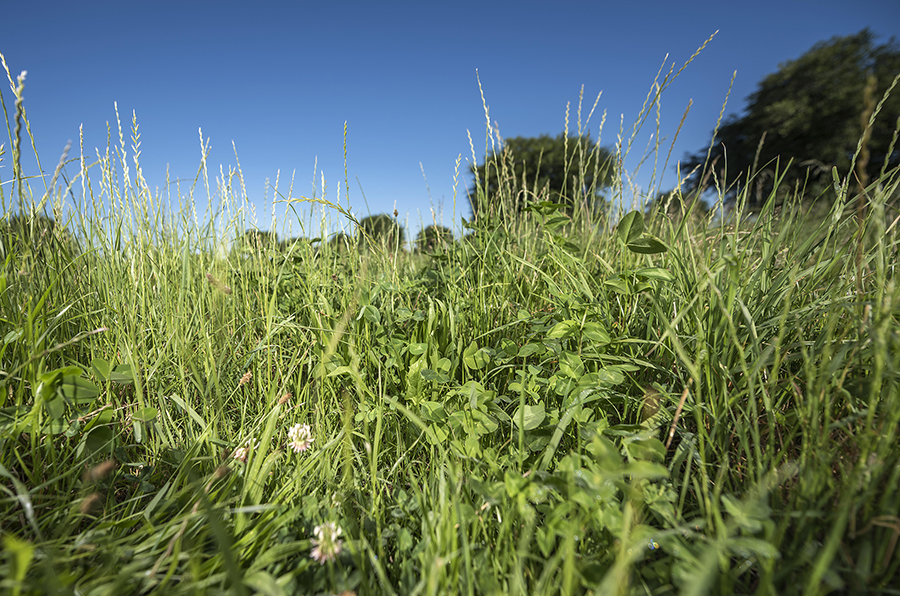 Published by the National Center for Appropriate Technology, This case study details how the Richter Farm in North Dakota grows a multispecies cover crop after an early forage harvest to add needed residue, organic matter, and available soil nutrients for the subsequent cash crop.
Published by the National Center for Appropriate Technology, This case study details how the Richter Farm in North Dakota grows a multispecies cover crop after an early forage harvest to add needed residue, organic matter, and available soil nutrients for the subsequent cash crop.
This is the thesis presentation of an award-winning project by Chico State graduate student Raquel Krach who received an Interdisciplinary Masters Degree with an emphasis on Regenerative Agriculture in Spring 2023.
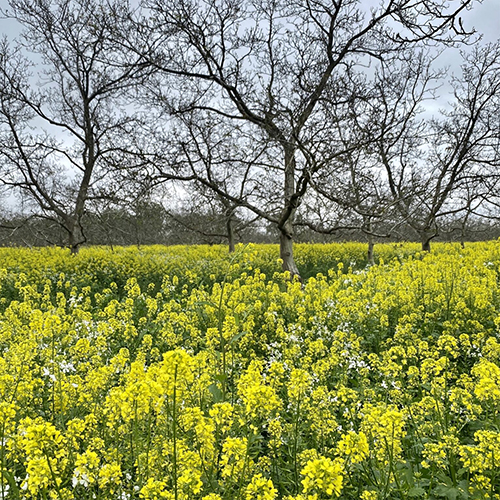 Community Alliance with Family Farmers (CAFF)'s Ecological Farming team collaborated with nut growers in California’s Central Valley as part of a Healthy Soils Demonstration project from 2019-2022. They share takeaways on the impacts of cover cropping on soil metrics like total carbon, nitrogen, soil microbial biomass below. Growers share benefits they’ve observed, as well as challenges and lessons learned.
Community Alliance with Family Farmers (CAFF)'s Ecological Farming team collaborated with nut growers in California’s Central Valley as part of a Healthy Soils Demonstration project from 2019-2022. They share takeaways on the impacts of cover cropping on soil metrics like total carbon, nitrogen, soil microbial biomass below. Growers share benefits they’ve observed, as well as challenges and lessons learned.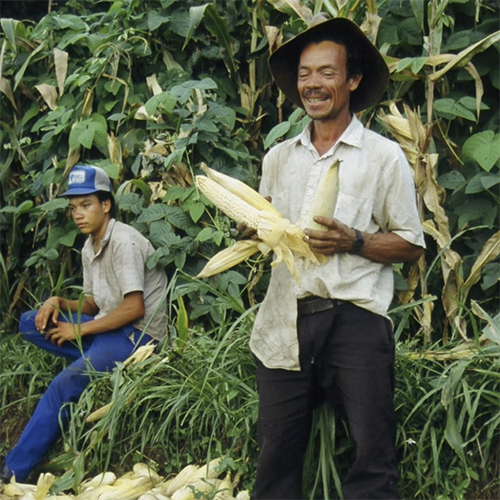 Roland Bunch has been working with smallholder farmers using regenerative agriculture across the developing world. These case studies focus mostly on the use of green manure in Mali, Madagascar, Brazil, Guatemala, Honduras, Mexico, Cameroon, Malawi, and twelve African nations.
Roland Bunch has been working with smallholder farmers using regenerative agriculture across the developing world. These case studies focus mostly on the use of green manure in Mali, Madagascar, Brazil, Guatemala, Honduras, Mexico, Cameroon, Malawi, and twelve African nations.
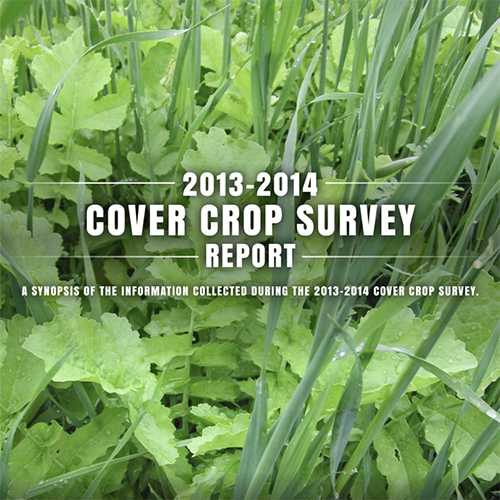 This report documents yield boost from the use of cover crops in corn and soybeans, as well as a wide variety of other benefits. It also details the challenges and benefits farmers can expect from cover crops, data on the costs of seed and establishment, and insight into how farmers learn to manage cover crops.
This report documents yield boost from the use of cover crops in corn and soybeans, as well as a wide variety of other benefits. It also details the challenges and benefits farmers can expect from cover crops, data on the costs of seed and establishment, and insight into how farmers learn to manage cover crops.
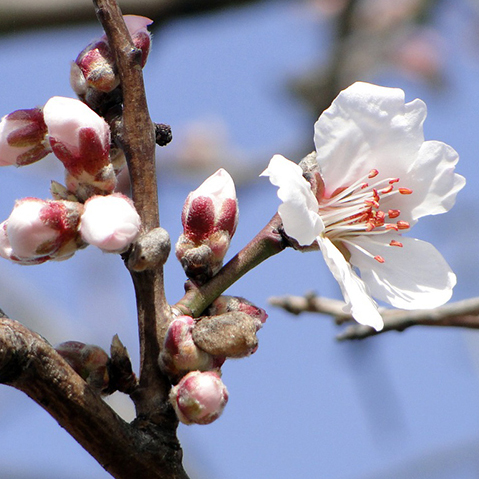 This paper republished on "The Almond Doctor Blog" reports on the cover crop research trial in almond cover crops done at UC Davis.
This paper republished on "The Almond Doctor Blog" reports on the cover crop research trial in almond cover crops done at UC Davis.
Additional Science Literature
Chu, M., Jagadamma, S., Walker, F.R., Eash, N.S., Buschermohle, M.J. and Duncan, L.A. (2017), Effect of Multispecies Cover Crop Mixture on Soil Properties and Crop Yield.(opens in new window) Agricultural & Environmental Letters, 2: 170030.
Daryanto, S. et al. 2019. Valuing the ecosystem services of cover crops: barriers and pathways forward.(opens in new window) Agriculture, Ecosystems and Environment 270-271:76-78
DeVincentis, A.J., Sandoval-Solis, S., Rice, S., Zaccaria, D., Snyder, R., Maskey, M., Gomes, A., Gaudin, A., and Mitchell, J. (2021). Impacts of winter cover cropping on soil moisture and evapotranspiration in California’s specialty crop fields may be minimal during winter months.(opens in new window) J. California Agriculture. https://doi.org/10.3733/ca.2022a0001(opens in new window)
Meyer, N. et al. 2020. Cover crops reduce drainage but not always soil water content due to interactions between rainfall distribution and management.(opens in new window) Agricultural Water Management 231:105998
Nevins, C. et al. 2020. The synchrony of cover crop decomposition, enzyme activity, and nitrogen availability in a corn agroecosystem in the Midwest United States.(opens in new window) Soil & Tillage Research 197:104518
Ponti, S. et al. 2020. Crop intensification with sustainable practices did not increase N2O emissions.(opens in new window) Agriculture, Ecosystems and Environment 292:106828
Rocha, K. et al. 2020. Cover crops affect the partial nitrogen balance in a maize-forage cropping system.(opens in new window) Geoderma 360:114000
Thapa, V. et al. 2019. Conservation Systems for Positive Net Ecosystem Carbon Balance in Semiarid Drylands(opens in new window). Agrosyst. Geosci. Environ. 2:190022
Wauters, V., Gaudin, A., Williams, N., Jarvis-Shean, K., Hanson, B., Haring, S., Hodson, A., Sandoval-Solis, S., Synk, B., Westphal, A., Wilson, H. (2021). Cover Crop Best management Practices(opens in new window). Final Report. Almond Board of California.
Wittwer, R. et al. 2020. Cover crops as a tool to reduce reliance on intensive tillage and nitrogen fertilization in conventional arable cropping systems.(opens in new window) Field Crops Research 249:107736
Wittwer, R. et al. 2017. Cover crops support ecological intensification of arable cropping systems.(opens in new window) Scientific Reports 7:41911

